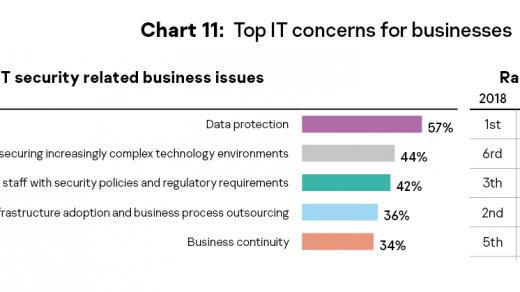In recent years, text-to-speech technology has exploded in popularity, giving users a whole new level of convenience and accessibility in a wide range of different contexts. This article will explore five interesting facts about text-to-speech functions you may not know.

Exciting Facts About Text-to-Speech Functions
Text-to-Speech Technology Can Be Traced Back to the 18th Century
While it may seem like text-to-speech technology is a relatively new development, the first instance of a machine that could produce synthesized speech dates back to the late 18th century. A French inventor named Joseph Faber created the “Euphonia” which used bellows reeds, and a keyboard to produce a range of sounds, including synthesized speech. The machine could imitate the human voice to a certain extent, although the sound quality was not particularly impressive by modern standards.
Text-to-Speech Can Generate Distinctive Voices
In recent years, one of the most exciting developments in text-to-speech technology is the ability to create unique, customized voices. This is accomplished using deep learning techniques, which involve training a neural network on a large dataset of recorded speech. Once the network has been trained, it can synthesize speech that sounds like a particular person, even if that person has never recorded the specific words in question. This technology has a wide range of applications, from creating voice assistants with more natural-sounding voices to helping people who have lost their ability to speak due to illness or injury.
Text-to-Speech Improves Accessibility
One of the most significant benefits of text-to-speech technology is its ability to improve accessibility for people with disabilities. For example, people who are blind or visually impaired can use text-to-speech software to have written text read aloud to them. Similarly, people with dyslexia or other reading difficulties can benefit from having text read aloud, as it can help them better understand the content. Text-to-speech technology is also used in many other applications, such as providing real-time captions for live events or helping people with speech impairments communicate more effectively.
Text-to-Speech Can Create Multilingual Synthetic Speech
Another interesting aspect of text-to-speech technology is its ability to generate synthetic speech in multiple languages. While this may seem like a relatively simple feat, it is quite complex, as each language has unique phonetics and grammatical rules that must be considered. However, with the help of machine learning techniques and large datasets of recorded speech, it is now possible to create text-to-speech systems that can synthesize speech in multiple languages with high accuracy.
Text-to-Speech Can Make Natural-Sounding Audio Books
Text-to-speech API is increasingly being used to create natural-sounding audiobooks. While a human narrator typically records traditional audiobooks, text-to-speech technology can automate the process, resulting in lower costs and faster turnaround times. Additionally, because text-to-speech technology can synthesize speech in multiple languages, it can be used to create audiobooks in languages that may not be widely spoken, making literature more accessible worldwide.
Benefits of Text-to-Speech Functions
Accessibility
The capacity of text-to-speech technology to provide accessibility for those with impairments is one of its most important advantages. For instance, those who are blind or visually challenged may utilize TTS technology to hear printed material read to them.
Cost-Effective
Text-to-speech technology may be less expensive than voice actors or human narrators. TTS technology, for instance, may be used to automate recording rather than engaging a person to do it, resulting in reduced costs and quicker turnaround times. TTS technology may also produce audio versions of textual information in languages that might not be frequently spoken, enhancing global literacy.
Downsides of Text-to-Speech Functions
Lack of Naturalness
One of the main downsides of TTS technology is that synthesized speech can sometimes lack the naturalness of human speech. Although TTS technology has come a long way in recent years, synthesized speech can still sound robotic and artificial, distracting and making it more difficult to understand the content.
Mispronunciations
Another potential issue with TTS technology is that it can mispronounce words or phrases, particularly if they are not in its database or if the text contains abbreviations or acronyms. In technical or scientific domains where correctness is crucial, this might cause confusion and misconceptions.
Conclusion
Text-to-speech technology has advanced since its 18th-century invention. It is used in many applications today, from improving accessibility for people with disabilities to creating unique, customized voices. With the help of deep learning techniques and large datasets of recorded speech, text-to-speech systems are becoming more accurate and natural-sounding, paving the way for new and innovative applications in the years to come.




Recent Comments